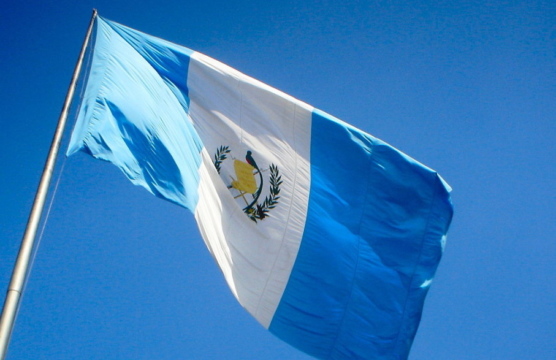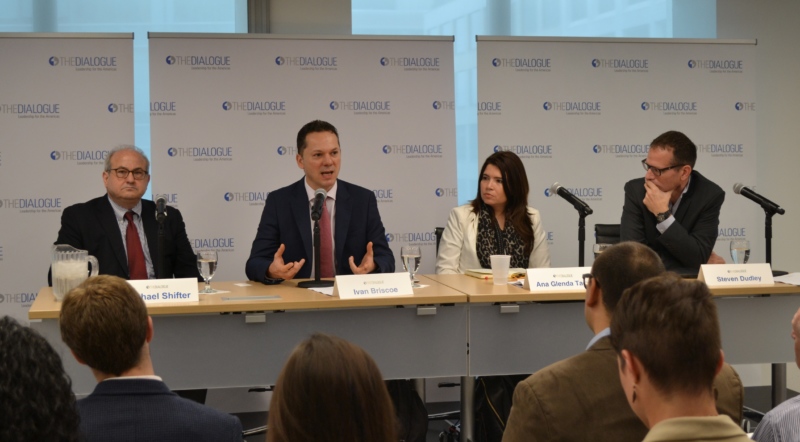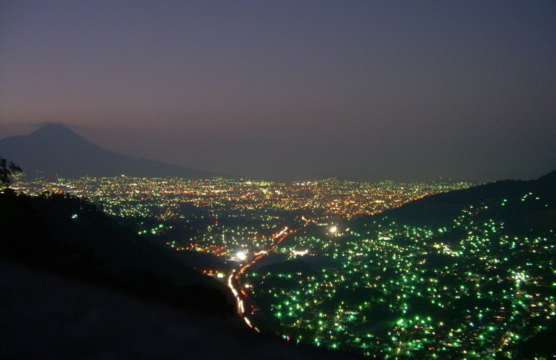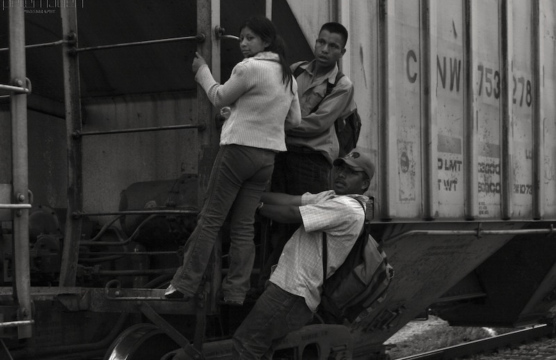
Are Countries Making Progress in Fighting Corruption?
Which countries in the region are making strides in fighting corruption, and which are falling short?
On Tuesday, May 23rd, the Inter-American Dialogue hosted an event with Ivan Briscoe, Latin America and Caribbean program director at the International Crisis Group; Ana Glenda Tager, Latin America regional director at Interpeace; and Steven Dudley, Co-Director of InSight Crime. During this session, the speakers addressed violence in Central American in relation to gangs.
Briscoe highlighted that high levels of violence in Central America are mostly due to gang violence and police repression of gangs. Gang violence in the region is a complex issue that affects the creation of effective policies. He underscored three aspects that account for that complexity. First, the chronic nature of violence in the region. There is a pattern of violence that has been reproduced over generations. Violence has social, economic, and psychological structures and mechanisms that make violent responses embedded in society. Second, there is a gap between policy and reality. The security institutions are not efficient and seem to be systematically involved in the gangs through corruption. Finally, the broader geopolitical context. Deportations allowed for the creation of the two gangs Barrio 18 and MS-13 in the 80s. It is a concern today that a similar massive deportation wave could reinvigorate gangs in Central America. It is precisely violence in Central America what drives migration, which also drives massive deportation initiatives. Although there are connections to drug trafficking, gangs survive mostly through extortion. According to Briscoe, “gang members are poor, excluded, and marginalized.” There needs to be signaling from the governments, creation of confidence building measures in which the state shows willingness to address the socioeconomic issues in exchange for promises to withdraw from violence. He suggested policies such as development programs, more sophisticated investigations, and a new prison policy.
Youth gangs have a complicated, often clientelistic relationship with political parties in El Salvador, says @atagerrosado #RethinkingMaras pic.twitter.com/F4o3N4laiw
— The Dialogue (@The_Dialogue) May 23, 2017
Tager continued by underscoring the complexities of the gang phenomenon, which responds to a specific and heterogeneous geographical context within the Northern Triangle. She also highlighted that not all gangs behave in the same way. Gang activity is different to organized crime due to the social base of the gangs. They do not centralize the accumulation of capitals. The territorial dynamics are also different. Gangs have a social function in society. She expressed that youth gangs do not have a political program. The relation between the gangs and drug trafficking is opportunistic and in a small scale but those involved in drug trafficking are more violent and harder to stop because the earnings are much higher. The state plays a key role in the evolution of gangs. Recently, there is debate in penal code reforms that label gangs as terrorist groups and give armed forces extraordinary measures. Those measures are not generating results, however, for Tager they are “a smokescreen.” The challenge is to generate an approach that is not criminally based, to change the paradigm of prevention. It is necessary to understand the dynamics of the gangs to generate specific policies.
The idea that "vigilantism and mano dura are the only answers... is disheartening" & only strengthens gangs -@stevensdudley #RethinkingMaras pic.twitter.com/Jb33HOqMk0
— The Dialogue (@The_Dialogue) May 23, 2017
Dudley finished the session by highlighting the contributions of the latest report of the International Crisis Group: Mafia of the Poor: Gang Violence and Extortion in Central America. First, the idea of protection, police involvement with gangs, and what it means for the affected neighborhoods. Second, the analysis of what it means to be a man in Central America and their relationship to women. Finally, the circular nature of this issue. Gang violence has generated three responses: deportation, vigilantism, and iron fist policies. These responses have not been successful in eliminating gang violence. Conversely, this approach has led to prison overcrowding and has allowed gangs to organize and evolve.
The event concluded with a question and answer section during which the speakers discussed issues such as the sources of revenues of gangs, US-Central American cooperation, and a possible truce or negotiation with the gangs.
Watch the recording of the event here:
Which countries in the region are making strides in fighting corruption, and which are falling short?
Organized criminal groups pose an increasing risk to democracy and the rule of law in El Salvador.
More than 52,000 Central American children, passing through Mexico, have sought entry into the US.
 Irene Estefanía González / Inter-American Dialogue
Irene Estefanía González / Inter-American Dialogue
 Video
Video
